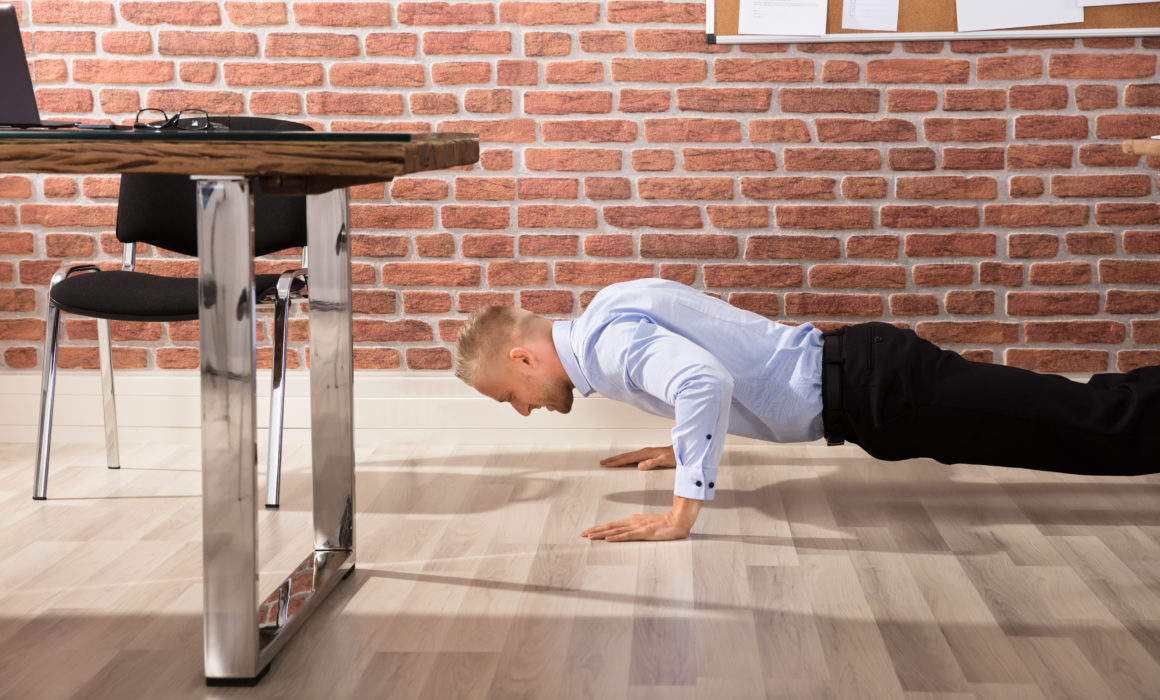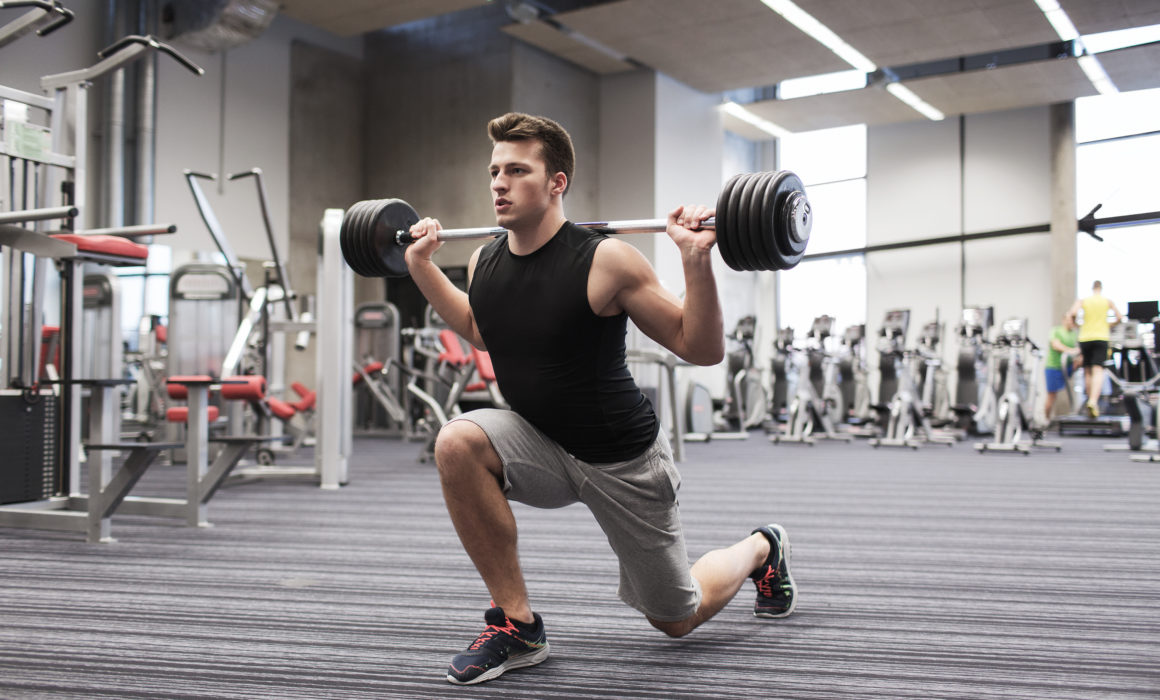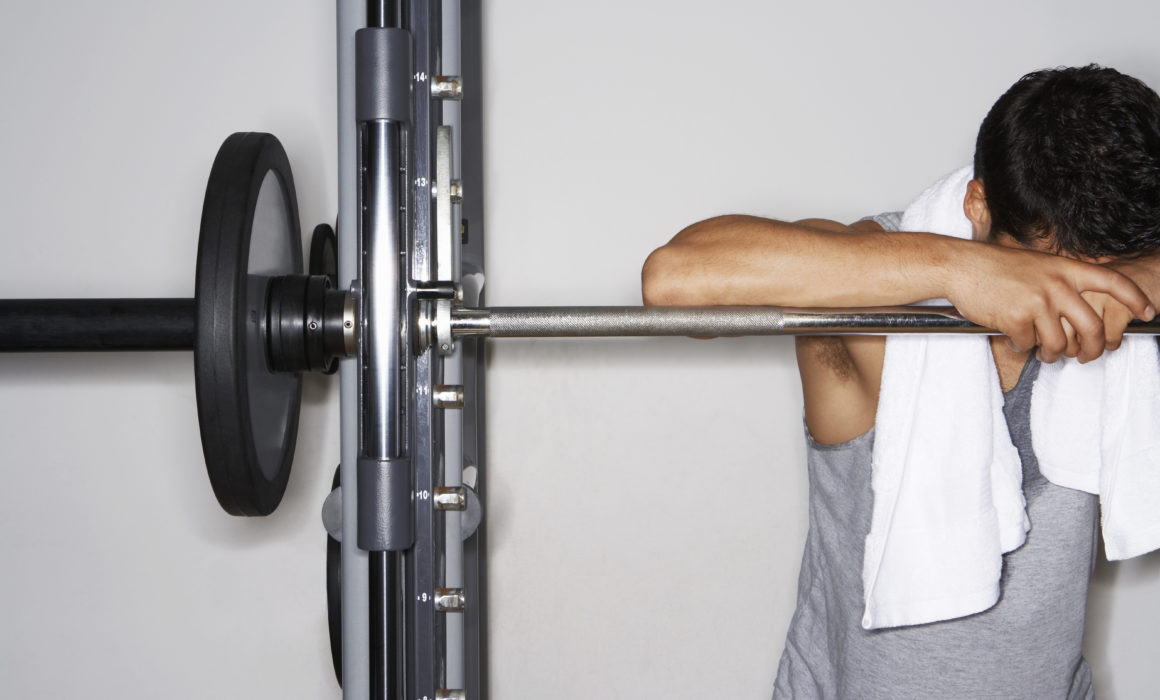15 Minute High Intensity Lunch Break Circuit
15 Minute High Intensity Lunch Break Circuit
Do you ever feel overwhelmed with too much on your plate? Bombarded with day-to-day tasks at work and at home? We can never seem to fit in everything that needs to get done within 24 hours. For a lot of us, time is enemy number one of our fitness goals. There is a pre-conceived notion that a workout that lasts less than 60 minutes is subpar. This idea has been planted in our brains, and we don’t feel satisfied or accomplished unless we get exactly an X amount of cardio and a Y amount of strength training. Well, for those of you who don’t have the option of dedicating hours at the gym, you can breathe a sigh of relief. Studies show that a quick 10-15 minute workout will earn you great benefits rather than not exercising at all. Take a look at what a short, lunch break circuit can do for you:
According to the Center for Disease Control and Prevention, you can get the same benefits from 2-3 short workouts during the day as you can from a long trip to the gym. Shorter workouts tend to be higher in intensity. This provides greater reward than a moderate intensity, long workout. Studies have shown that HIIT (high intensity-interval training) for 20-30 minutes can produce increased fat loss and muscle development. If you’re stressed with work or your school workload has you feeling down, remember that a mini workout gets your blood flowing to the brain which brings so many benefits (including the motivation to get your work done!).
- Gain energy
- Improved mood and reduced stress
- Headache prevention/relief
- Better sleeping habits
- Decrease in depressive feelings
- Lowered blood pressure
- So much more!
Consistent, shorter, high intensity workouts have shown to produce great improvements to your cardiovascular health. A study published in the Journal of Strength and Conditioning, states that HIIT types of workouts allow your heart to grow bigger and stronger, which increases your overall fitness capabilities. Your heart learns to perform at a higher capacity and recover quickly. Who doesn’t want a stronger heart?! We all know that it is way easier to find 15-30 minutes in our day, rather than set aside 1-2 hours. Regularly finding those short intervals during the day to complete a mini workout can do wonders for your motivation and consistency. One healthy choice leads to another, so when those healthy choices are painless to make and easy to find, we are motivated to stay on the right track.
Some of you may be wondering, “What in the world can I do on my lunch break or free time in only 15 minutes?” Working out doesn’t have to require dumbbells or machines–your bodyweight will do just fine. Check out the workout below, designed by one of our trainers, to get you started. Feel free to mix it up, which is easy to do during an HIIT exercise, and be creative! Remember this the next time you find yourself struggling or looking for motivation–something is always better than nothing.
15 Minute Lunch Break Circuit
Warm Up
Jump Rope-2 min
*Perform these 3 exercises for 30 seconds each, 2 sets
*Perform these 3 exercises for 30 seconds each, 2 sets
*Perform these 3 exercises for 30 seconds each, 2 sets
Burpees (As many as you can in 1 minute)
Always remember to stretch while you cool down, keep those muscles loose and improve your flexibility!
If you enjoyed this workout and you would like to receive personalized workouts on the go right on your smart phone, message us by clicking here to start your 7 day FREE trial of our online personal training program! Risk free, easy to use, and convenient.



